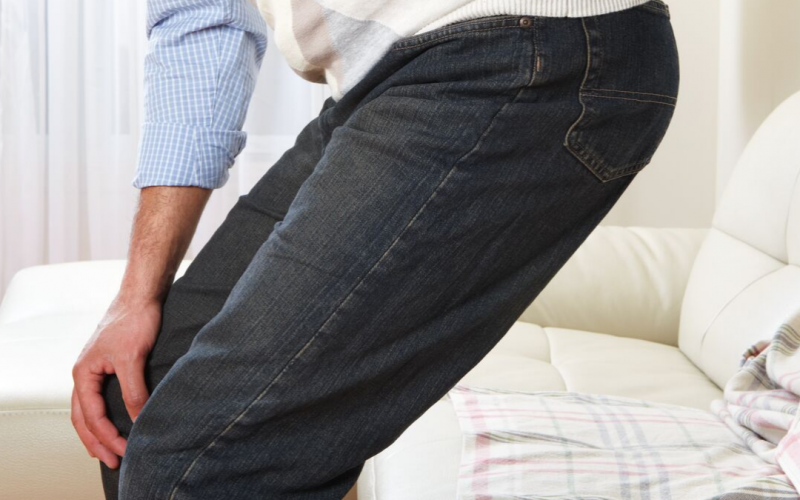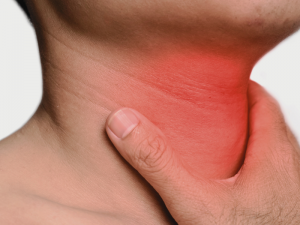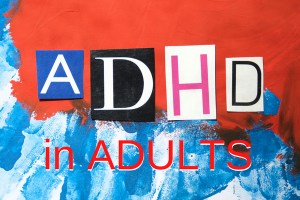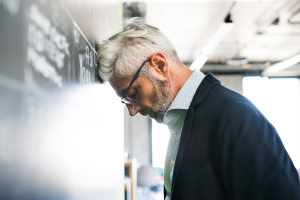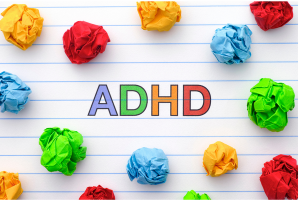Spinal stenosis is a common back condition where the nerve roots or the spinal cord become pinched or compressed because the spaces within the spinal canal narrowing. It affects men and women in equal numbers, and around 10% of the UK population is believed to be living with this condition.
Who gets it, are you at risk?
Some research links wear-and-tear changes, also known as degeneration or osteoarthritis in the spine to spinal stenosis. People aged 55 or older are most affected, and the risk increases in people living with another degenerative joint disease such as rheumatoid arthritis.
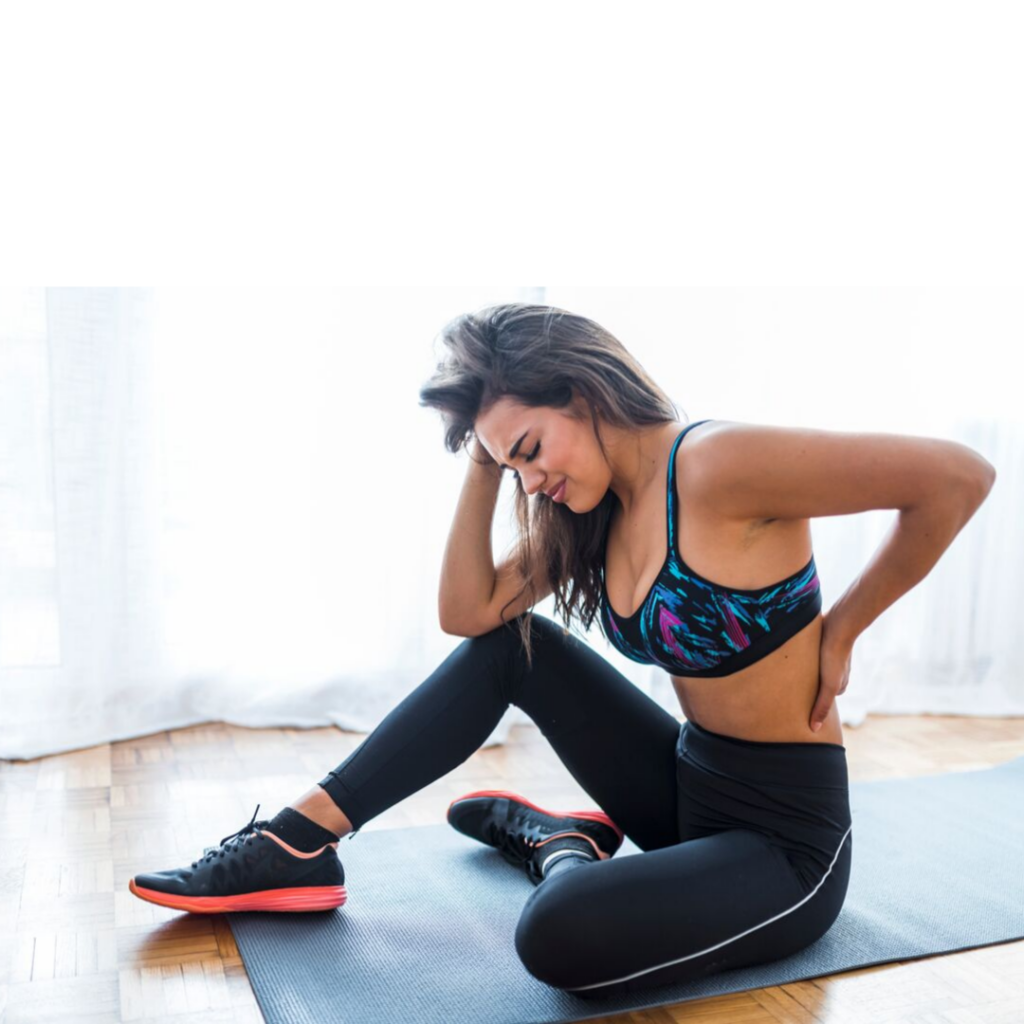
In younger people, previous trauma such as injury following a road traffic crash can be a contributing factor. As mentioned studies link wear-and-tear or spinal arthritis to spinal stenosis. Spondylosis is the medical name for this condition, and it can cause bony spurs called Osteophytes to grow into the spinal canal, reducing the space for nerves and blood vessels. Other causes inc
- Previous disc herniation.
- Previous spinal injuries.
- Spinal tumours.
- A family history of spine problems.
Some people are born with spinal stenosis, because of congenital factors such as being born with narrow spinal canals. Or structural deformities of the vertebrae, including severe scoliosis. In these cases, symptoms can begin at a much earlier age, but these cases are rare.
Sign and Symptoms
Some people have no signs and symptoms, while others experience a variety of symptoms. A classic sign of a person with spinal stenosis is that they often have to sit down to ease their pain or cramp. Sign and symptoms can include:
- Back or leg pain while walking
- Sciatica; pain radiating into the thighs and legs
- Buttock pain
- A recurrent need to lean forward
- Difficulty standing up
- Tingling throughout the body, arms, and legs
- Bladder and bowel changes
- In rare cases weakness or balance problems
Types of Spinal Stenosis
Stenosis can affect any region of the spine, but it frequently occurs in the lower back.
Lumbar or lower back stenosis
Causes the nerve roots in the lower back to compress, the resulting symptoms can be like sciatica, buttock and leg pain or muscle weakness. Lumbar spinal stenosis can also result in Neurogenic Claudication, a cramp-like pain condition caused by reduced blood flow to the lower body and legs. These symptoms come on after standing or walking for an extended period but are variable from person to person.
Stooping, bending forward or sitting down will usually relieve the symptoms, as this will open out the spinal joints making more space for the nerves and blood vessels. Note: this is also a clue used to build a diagnostic picture.
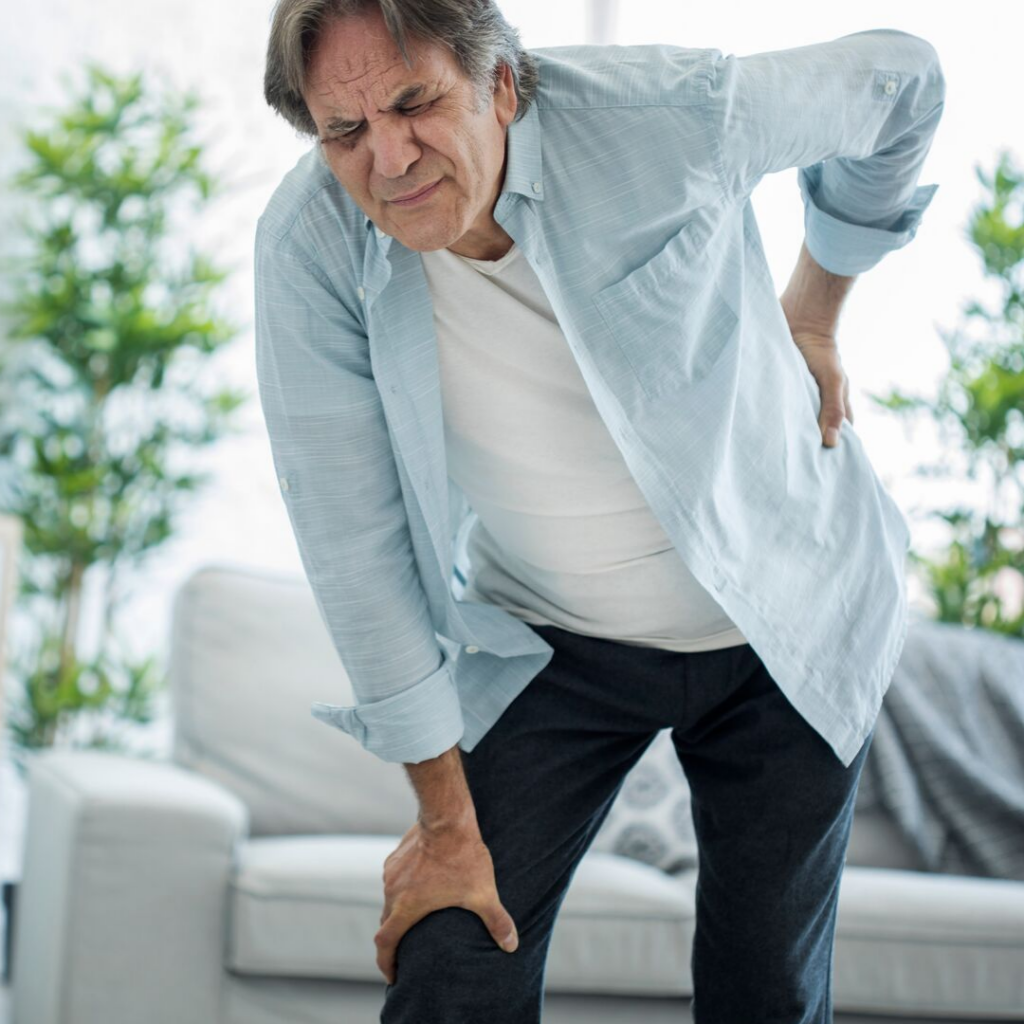
Cervical or neck stenosis.
Neck pain is the main symptom reported in people with cervical stenosis, but it can also cause a variety of nerve symptoms including arm, hand, leg and foot numbness, tingling or weakness. Some people may also experience problems with balance and walking.
Other types
Stenosis in the thoracic spine or middle back is rare because the rib cage keeps this area more stable.
Getting a diagnosis
Following a medical history and examination, which screens for and rule out the red flag symptom of cauda equina compression as spinal stenosis can mimic this in some people. People may also be offered an MRI or CT scan to confirm the diagnosis. Side note: Cauda equina compression requires urgent medical assessment; you can check for red flags here.
Treatment
Although treatments for spinal stenosis are often effective at reducing symptoms, it rarely resolves completely. It’s a case of long-term management, patient education, and self-help strategies to reduce pain and improve mobility and flexibility.
The prognosis for most patients is favourable with conservative treatment and the right exercise or movement therapy, and lifestyle adaptions. Talk with your GP, specialist or physical therapist for advice, before beginning a new exercise program, and if your symptoms get worse.

Medical treatment
- Pain-relieving medicines such as anti-inflammatories.
- Amitriptyline taken at night can ease chronic pain and aid sleep.
- Ice and heat can be helpful for some people.
- People who are obese will be advised to lose some weight.
- Doctors sometimes offer corticosteroid injections.
- Severe cases may require decompression surgery.
Hands-on treatment and movement therapy
People with spinal stenosis often become less active because of the pain, which is understandable, but this can lead to more weakness, which ironically can cause increased pain levels. Manual therapy such osteopathy can help manage the symptoms improving spinal flexibility and stability. Movement therapy and corrective exercises such as Pilates or Tai Chi can be a beneficial way to improve balance, strength and maintain spinal flexibility.
Self-help
- Healthy lifestyles can often help prevent spinal stenosis from worsening.
- Maintain a healthy weight.
- Regular exercise.
- Avoid smoking.
Summary
Lumbar spinal stenosis differs from many other causes of back pain because it doesn’t just go away. It’s a progressive condition which worsens if people do nothing. Getting informed and taking an active role in is the most beneficial way to manage this condition.

